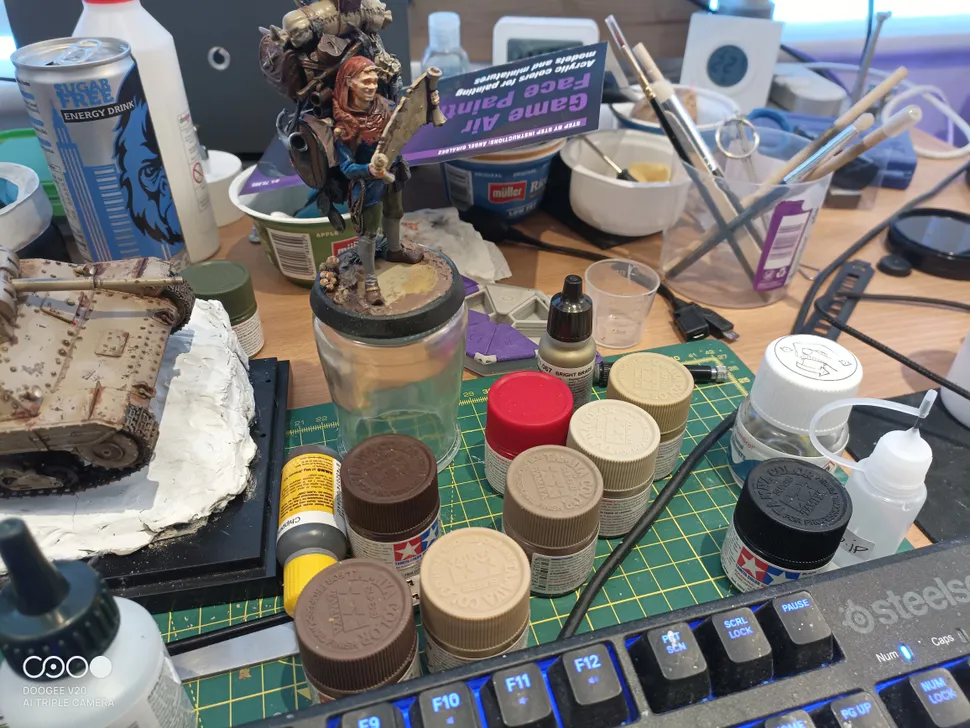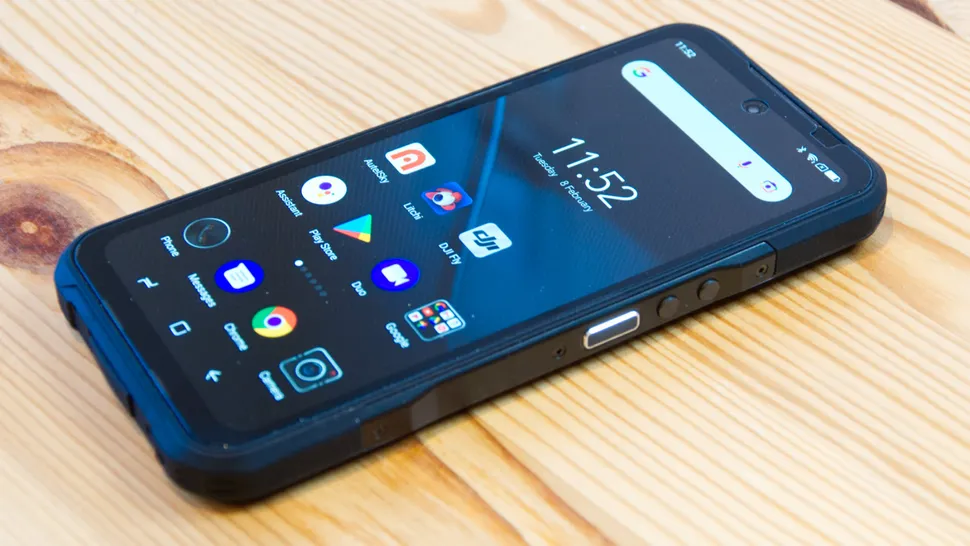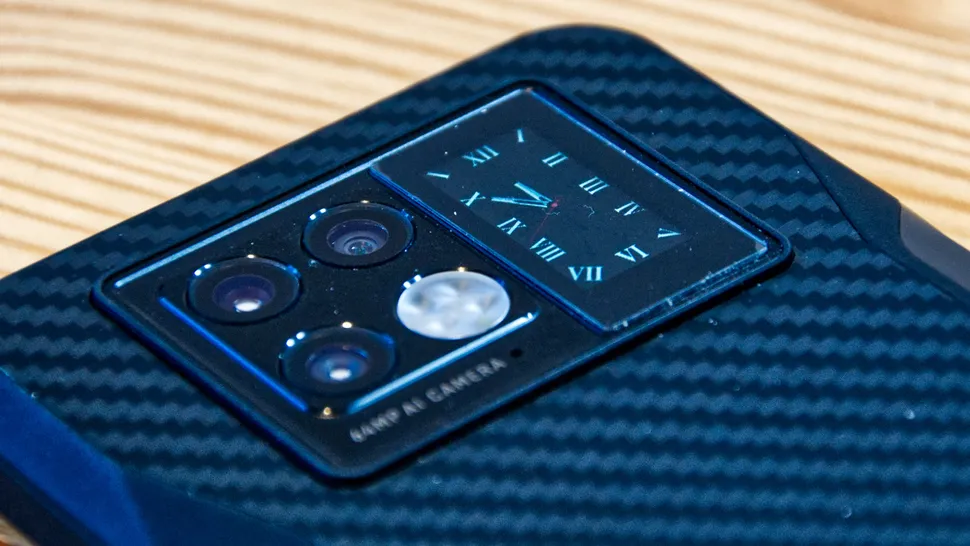Repost from https://www.techradar.com/
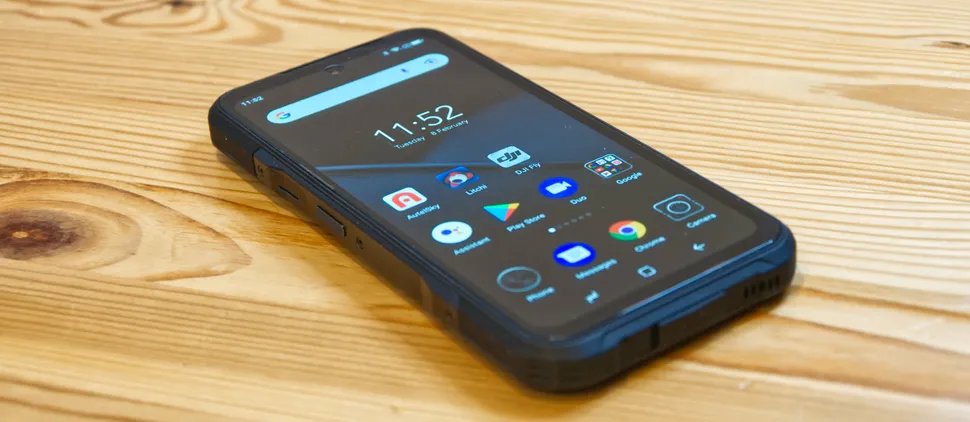
OUR VERDICT

The V20 offers excellent value and has a more elegant yet rugged design than we’ve come to expect. The AMOLED screen is stunning, but limiting it to Widevine L3 DRM means that you can’t use it to view Netflix or Disney+ in better than 480p.
FOR
- Gorgeous OLED display
- Night vision camera
- Excellent battery life
- Uncluttered Android 11
AGAINST
- Widevine L3 = 480p streaming
- Annoying USB-C cover
- Heavy
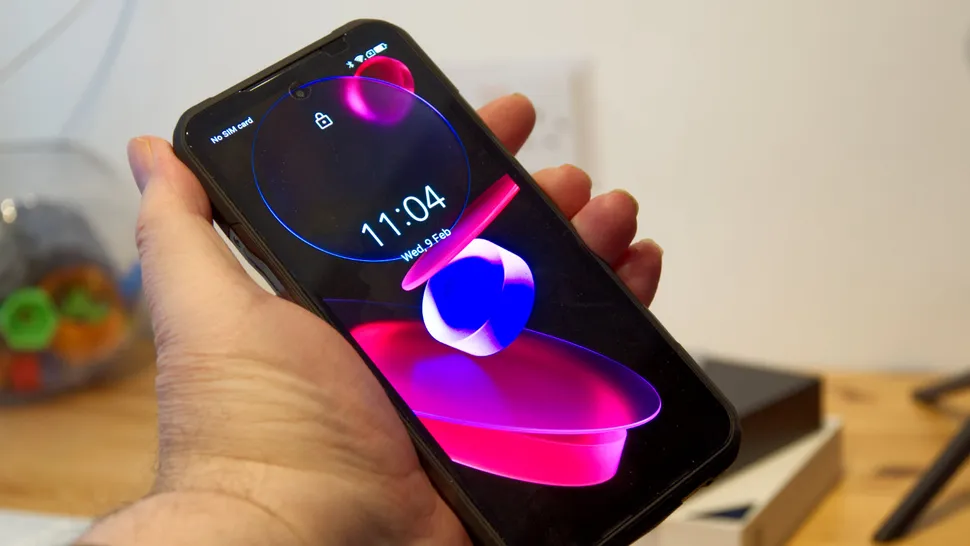
Hardware
High-end phone brands have been migrating to custom ARM SoCs to differentiate their devices from competitors.
Doogee isn’t one of these and has settled on the Mediatek Dimensity 700 MT6833, an eight-core chip fabricated on a 7nm process that they previously used in the V10.
An evolution of the Mediatek Helio P70 Octa-core processor, the MT6833 features an integrated 5G modem and a radically different core structure.
Many previous Mediatek octa-core designs used two groups of four cores, this chip sports two high-performance ARM Cortex-A76 cores, clocked to 2.2 GHz and six power-efficient 2GHz Cortex-A55. They make an 800 series SoC that uses the old four-and-four core model, but the 700 series offers more power saving potential.
The narrower tracks and heterogeneous multi-processing aspects of this design allows for an excellent overlap in the objectives of raw performance and extensive battery life.
When combined, as it is, in this design with 8GB of LPDDR4X RAM and 256GB of inbuilt storage, it provides a smooth and responsive user experience almost irrespective of the number of apps they install or the demands they make on the phone.
What got removed that the V10 had is the infrared thermometer, a handy feature of that design.
The Doogee V20 that was sent to us for review came with the following hardware:
SPEC SHEET:
CPU: Dimensity 700 MT6833 Octa Core 2.2GHz
GPU: ARM Mail-G57 MC2
RAM: 8GB LPDDR4X
Storage: 256GB
Screen: 6.43" AMOLED FHD+ DotDisplay
Resolution: 1080 x 2400
SIM: Dual Nano with standby
Weight: 296g
Dimensions: 170.4 x 81 x 14mm
Rear camera: AI Triple camera (64MP+20MP+8MP) with Nightvision mode
Front camera: 16 MP
OS: Android 11
Battery: 6000mAh
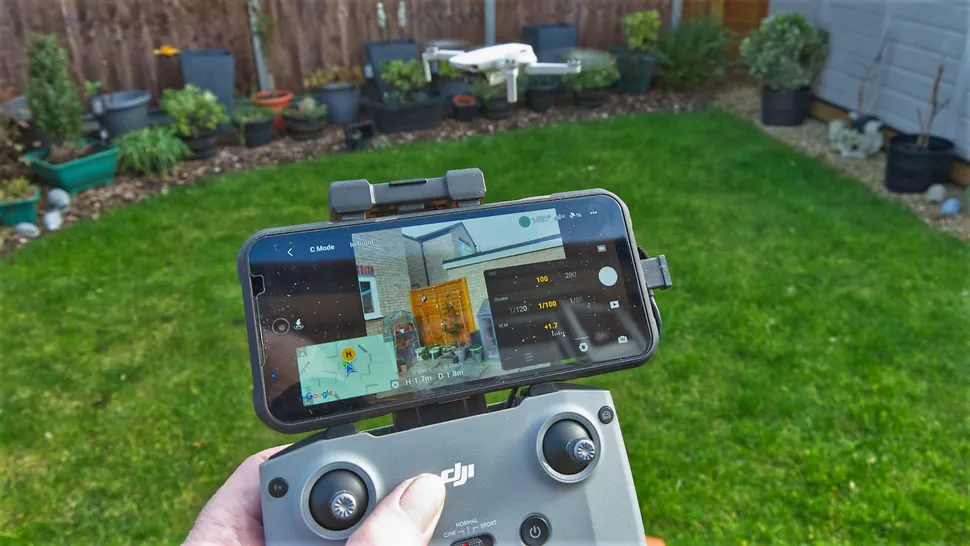
But the one feature of this phone that is impossible to ignore is the screen. With deeply saturated colours and a maximum brightness of 500 nits, the 6.43" AMOLED FHD+ DotDisplay offers a 20:9 ratio panel that is a delight.
However, as wonderful as the screen is, it’s difficult to get the most from it due to an oversight.
With such a large and vibrant display combined with good battery life and 5G connections, this should be the perfect phone for streaming. But with only Widevine L3 software DRM, 480p is the maximum available resolution on most streaming platforms, crushingly.
Why this piece of the V20 puzzle is missing, we can’t say. For many potential customers, this limitation undermines the desirability of the V20 and other phones that don’t offer L1 level DRM.
Sadly, the DRM issue is likely to be a hardware problem that can’t be addressed with a firmware enhancement.
We did find one excellent use for this phone and its colourful screen, and that was for drone flying. The brightness of this panel and the performance of the V20 is ideal for drone flyers that might encounter rain or snow while enjoying this hobby. However, the reflections on the screen can be an issue without applying an anti-reflection filter to it.
Performance and in use
The performance offered by the Mediatek Dimensity 700 MT6833 on this phone is very good. Comparing these benchmarks to the Doogee S88 Pro from 2020, the V20 is almost twice as fast in every test, with the possible exception of HWBot Prime test.
The 3DMark results are a strong indication that the V20 is a good choice for those that like to game on their devices or use apps with 3D rendering functionality.
While the battery is smaller than the previous V10 offered, the operating life is relatively close, with a typical use pattern delivering two working days before a recharge is required.
The reduced battery capacity makes the V20 lighter, but not substantially. At nearly 300g, this isn’t a lightweight device, and it needs to be secured in a pocket to avoid momentum launching it unexpectedly.
Unlike some phone brands we can mention, Doogee has a relatively light touch in customising the Android 11 installation on this phone, and it is almost vanilla. It, therefore, comes with all the Google applications pre-installed and has full access to the Play store.
The only negatives we experienced was the awkward USB-C cover, the lack of 4K video recording, and the software-based DRM that scuppers HD video on most streaming services. With this AMOLED screen, it’s a tease to watch HDR content on YouTube to see the glory of 1440p playback, and with the proper DRM, how Netflix and others might have looked.
In all other respects, the performance of this phone is excellent unless the application is expecting to find a Trusted Execution Environment (TEE) for DRM encryption.
This is how the Doogee V20 performed in our suite of benchmark tests:
Geekbench: 537 (single core); 1660 (multi core)
PCMark (Work 3.0): 10596
Passmark: 9280
Passmark CPU: 4524
3DMark Slingshot: 3483 (OGL)
3DMark Slingshot Extreme: 2465 (OGL). 2289 (Vulkan)
Wild Life: 1104 (Vulkan)
HWBot Prime: 4879
